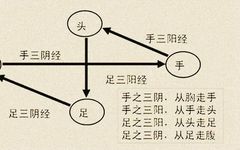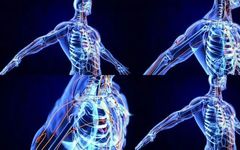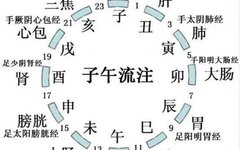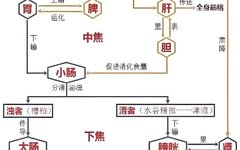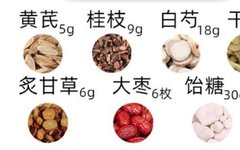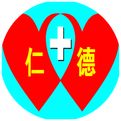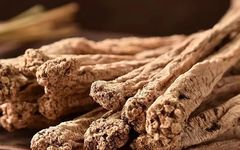The Pathways, Connections, and Flow of Qi and Blood in the Twelve Meridians
The Patterns of the Twelve Meridians The Directional Patterns of the Twelve Meridians Yin Ascending, Yang Descending If both hands are raised (the pattern becomes evident), then the twelve meridians of Yin ascend while those of Yang descend. The three Yin meridians of the hand rise from the chest to the hands, while the three … Read more

